6 Funky Italian Foods That’ll Test Whether You’re An Adventurous Eater
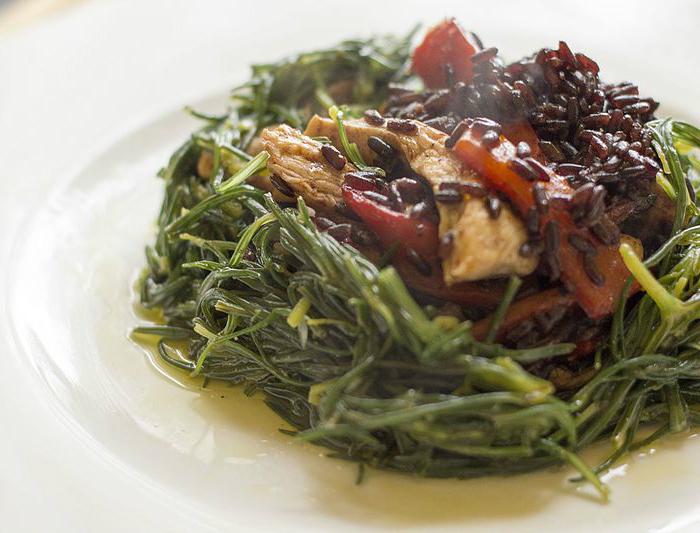
Wikimedia
Italy is a small country, about half the size of Texas, and it has more diversity in its cuisine than most of Europe. Every region, town and village around the country has its own individual take on the classics, while at the same time boasts a proud specialty. Local culinary customs are shaped by factors like the geography, climate and history of a region. Some towns are landlocked and have to rely on what’s available to them, while coastal regions have a wealth of fresh seafood at their fingertips. So many recipes and cooking traditions have remained the same for thousands of years. When it comes to Italian cuisine, the old saying couldn’t be more spot-on: If it ain’t broke, don’t fix it. Here are 6 funky Italian foods that will test whether you’re an adventurous eater.
1. Lampredotto
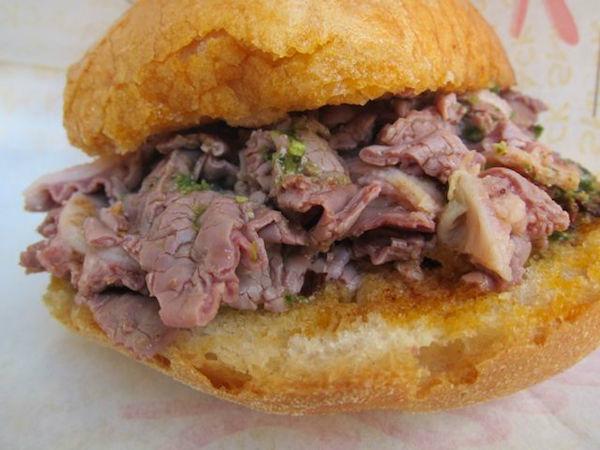
Wikimedia
This is the queen panini in Florence. Lampredotto is a certain kind of tripe, cow stomach, which is boiled in broth with herbs and tomatoes and cut into strips. Served on a bun called semelle (a cute little Florentine bun), lampredotto is topped with salsa verde and spicy extra virgin olive oil (EVOO). You’ll find this specialty all around Florence at markets and panini stands.
2. Bottarga
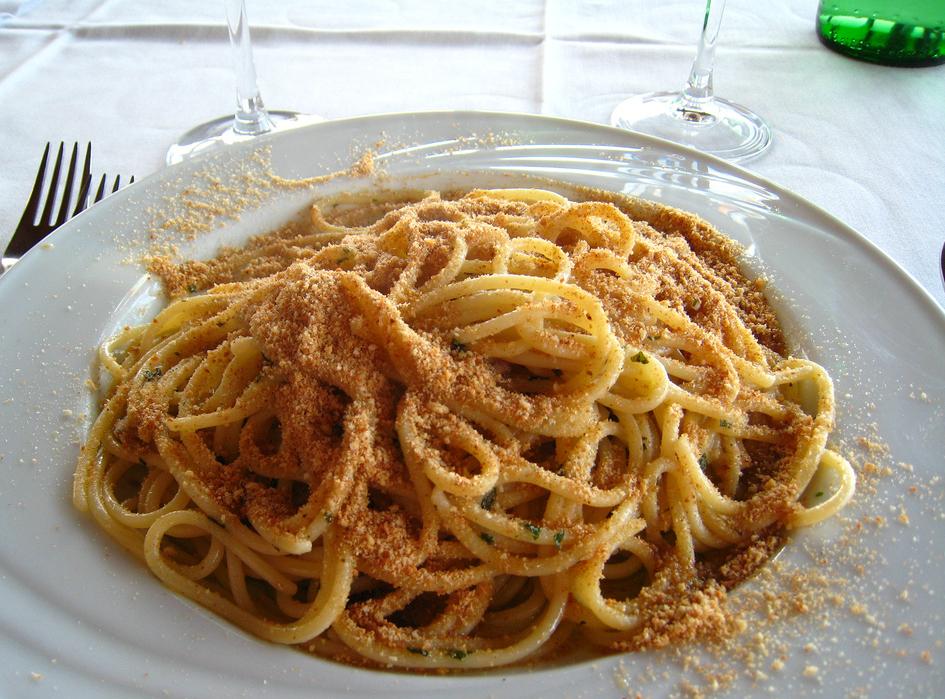
Wikimedia
Known as the poor man’s caviar, bottarga is the Italian word for a dense cured fish roe made from fish like tuna, gray mullet or swordfish. It has an intensely salty taste and can be compared to dried anchovies, except that it has a smoother texture. Bottarga is made by massaging the roe pouch of the fish until the air pockets disappear. The roe is dried, cured in sea salt and then hardened into a dense tablet after a few weeks. After this process, the bottarga is cut into logs and coated in beeswax. You can slice it on a piece of toast with garlic and olive oil, grate it over spaghetti like you would truffles or use it for a grain dish to add a little protein.
3. Coda Alla Vaccinara
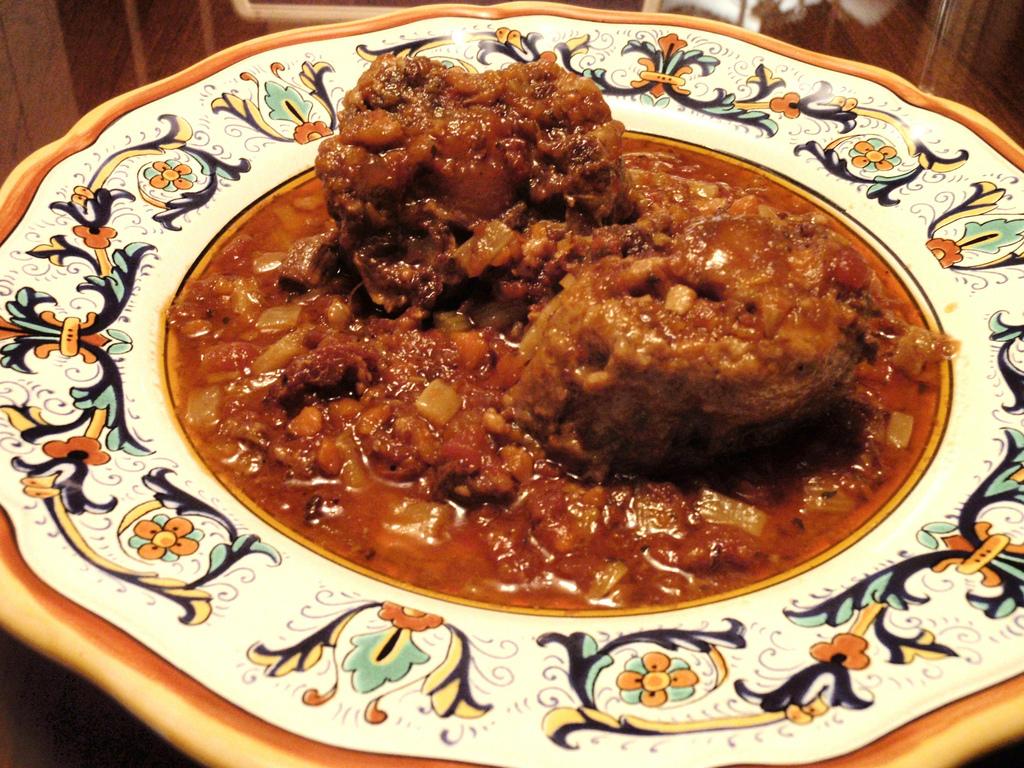
Flickr/Foodista/CC BY
Roman oxtail stew, or coda alla vaccinara, is a mysterious looking dish in Roman cuisine. It’s made from the tail of a cow and braised and served with vegetables. Making the stew takes around four hours. Oxtails are a fatty and tough cut of meat, but the lengthy braising makes for a tender and rich stew. Common ingredients in the stew include pancetta, celery, cloves, garlic, carrot, onions, bay leaf, tomatoes, red wine and cinnamon.
4. Lingua Bollita
An important part of classic North Italian bollito misto, lingua bollita is boiled beef or veal tongue. Bollito misto, or boiled dinner, is a northern Italian stew made with tough cuts of beef and veal, cotechino (Italian pork sausage) and a whole chicken, then simmered in an aromatic vegetable broth. Lingua bollita can also be served on its own with salsa verde.
5. Agretti

Wikimedia
The springtime Mediterranean succulent (a water-retaining plant), agretti is like a cross between fennel fronds, rosemary and grass. The season for agretti is only a few weeks long in late spring, so it’s pretty hard to come by. Raw agretti is crisp, firm and robust with a grassy flavor. Its grassy flavor sets the succulent apart in the culinary word. You can sauté it in EVOO with lemon juice, sea salt and pepper, use it as a pizza topping or mix it with pancetta and a balsamic reduction.
6. Sanguinaccio Dolce
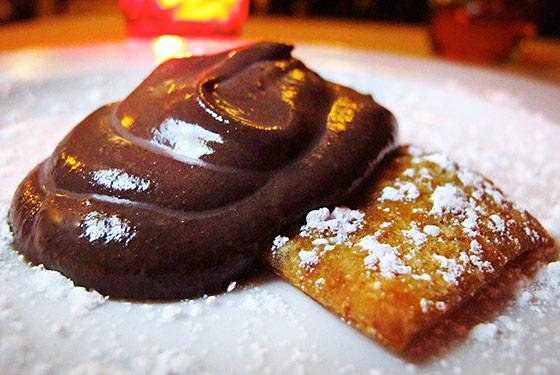
Wikimedia
This dessert isn’t for the squeamish. Sanguinaccio dolce is an Italian pudding made from fresh pig’s blood. Ingredients like chocolate, milk, pine nuts, raisins and sugar are added for sweet and creamy elements. It’s traditionally prepared in Naples, Italy, for a feast the day before Lent. Sanguinaccio dolce got it’s time in the pop-culture spotlight when it was mentioned in an episode of Hannibal as a favorite dessert of Hannibal Lecter.











